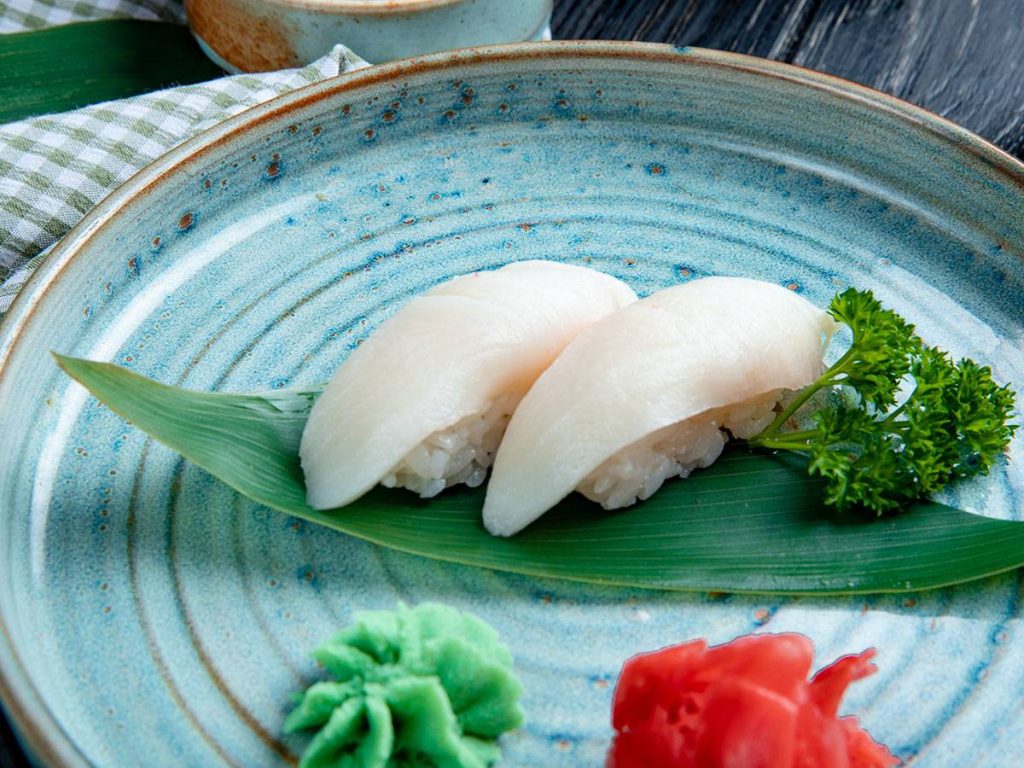Sushi, with its artful presentation and exquisite flavors, has captured the hearts and taste buds of people around the world. But what about those who follow a gluten-free lifestyle? Can they indulge in the joy of sushi?
The answer is a resounding yes!
In this article, we will dive into the world of gluten-free sushi, also known as GF sushi, exploring how it caters to those with gluten sensitivities while maintaining the essence of this beloved Japanese cuisine.
Sushi, traditionally made with vinegared rice, raw or cooked fish, and a variety of other ingredients, may seem like a culinary minefield for those avoiding gluten. However, innovative chefs and sushi restaurants have embraced the challenge, creating gluten-free options that allow everyone to enjoy the flavors and experience of this beloved dish.

The Foundation: Gluten-Free Rice
At the heart of gluten-free sushi lies the foundation: the rice. Thankfully, rice is naturally gluten-free, making it a safe and versatile ingredient for creating gluten-free sushi rolls. Sushi chefs meticulously prepare the rice, ensuring it remains free from cross-contamination and any added gluten-containing ingredients. When dining out, be sure to ask if the rice used in their sushi is specifically prepared to be gluten-free.
Exploring Gluten-Free Fillings and Sauces
While the rice is gluten-free, it’s equally important to consider the fillings and sauces used in sushi. To cater to gluten-sensitive individuals, sushi chefs often offer a wide range of gluten-free fillings, such as fresh seafood, vegetables, and even tofu. Additionally, gluten-free soy sauce or tamari can be used as a substitute for traditional soy sauce. These alternatives provide the same savory umami flavor without the gluten content.

Creative Twists on Classic Rolls
In the world of gluten-free sushi, creativity knows no bounds. Sushi chefs have taken classic rolls and given them gluten-free makeovers, showcasing their culinary prowess. Instead of traditional nori (seaweed) wraps, they might use soy paper or cucumber slices to hold the ingredients together. These adaptations not only provide a gluten-free option but also introduce exciting textures and flavors.
The Importance of Communication
When dining out and seeking gluten-free sushi options, communication is key. It’s essential to inform the sushi chef or restaurant staff about your dietary requirements. They can guide you through the menu, suggesting gluten-free rolls or making necessary adjustments to accommodate your needs. By establishing open communication, you can ensure a safe and enjoyable gluten-free sushi experience.
Gluten-free sushi, or GF sushi, has become a welcoming addition to the sushi landscape, catering to the needs of gluten-sensitive individuals without compromising on taste or quality. From carefully prepared rice to innovative fillings and sauces, sushi chefs have crafted an array of gluten-free options that celebrate the flavors and artistry of this beloved cuisine. So, whether you’re a sushi aficionado with gluten sensitivities or someone exploring gluten-free dining, don’t hesitate to savor the delights of gluten-free sushi and embark on a culinary adventure that knows no boundaries.
